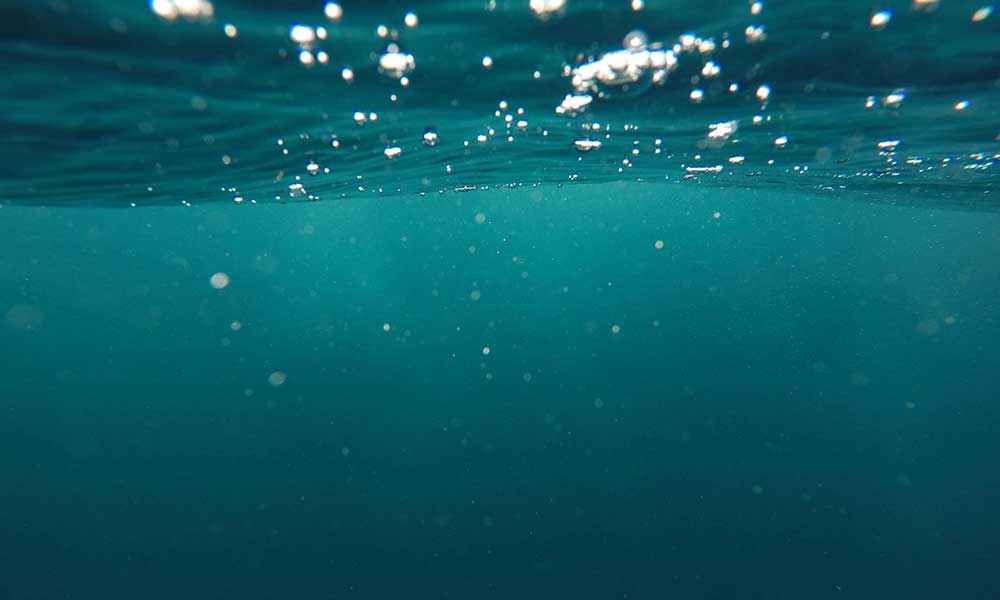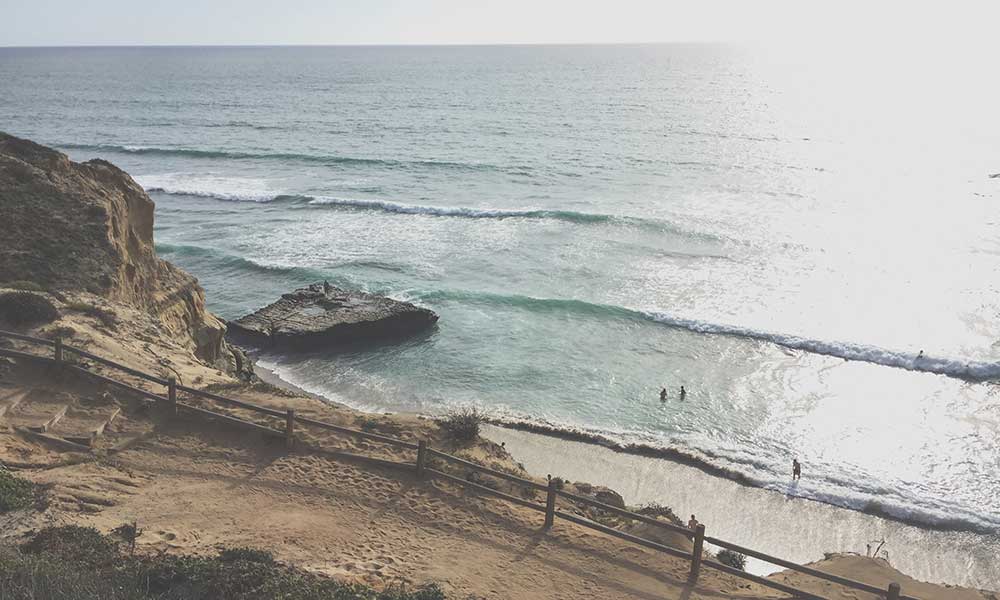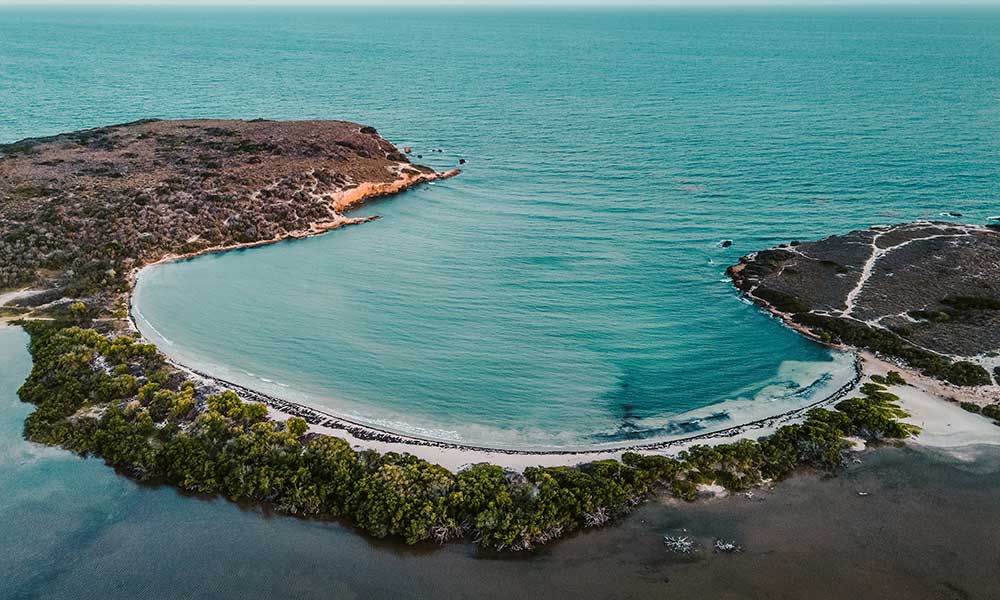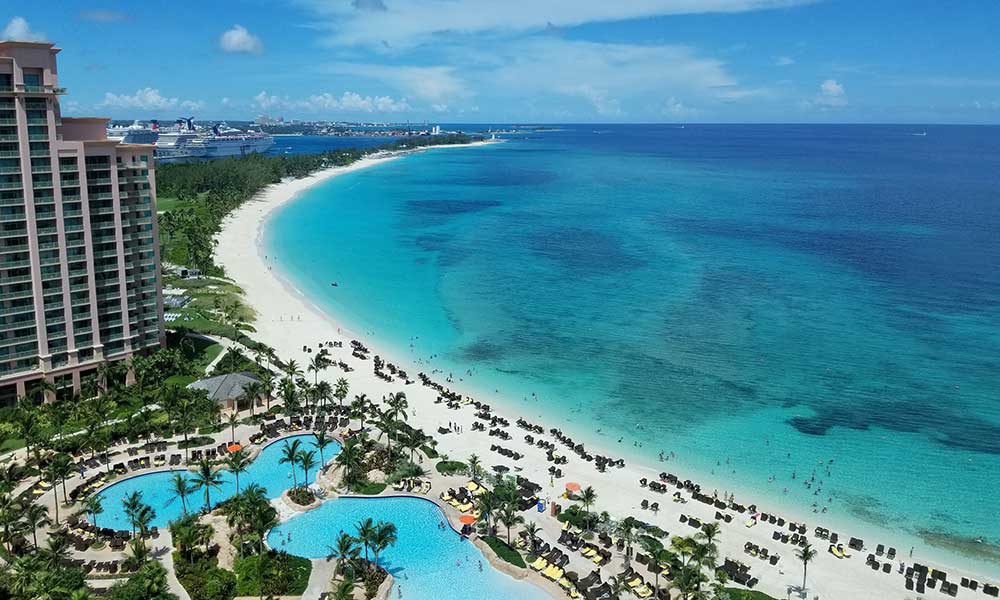Although there is some controversy concerning the use of full face snorkel masks, they are becoming increasingly popular these last few years.
Some argue that they are easier to use and more convenient than traditional snorkel masks while others say they are dangerous and should be avoided.
In this guide, we’ll adopt a neutral stance as we look at how the full face snorkel mask compares to the traditional mask.
Traditional Snorkel Masks
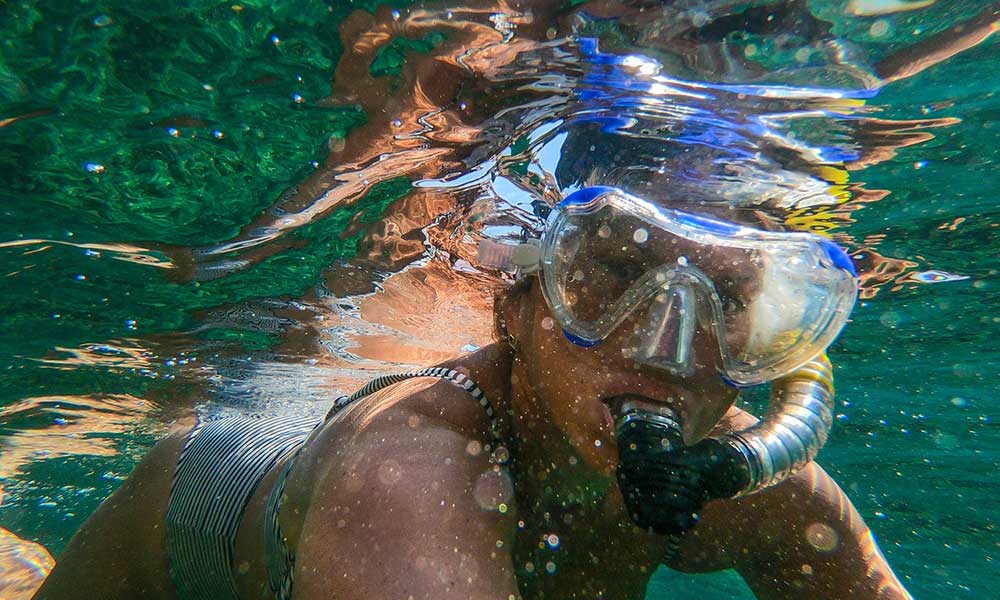
Traditional masks are what most people picture when they think of snorkel masks.
They come with a pair of goggles that fit snug to the face and there is a clip on the side to which the snorkel tube is attached.
The snorkel itself goes into the mouth and the snorkeler breathes through a mouthpiece.
Many masks use dry snorkel or semi-dry snorkel technology.
These masks are fitted with splash guards that close the top of the tube when it is submerged, preventing water from entering the snorkeler’s mouth.
Pros of a Traditional Mask
- Can be used for freediving, scuba diving, and snorkeling
- Provides a tight seal against the face
- Multiple sizes available
- Smooth transition to breathing under and above water
Cons of a Traditional Mask
- A full snorkel set is required (mask and snorkel)
- The learning curve is a little steeper
- Can only breathe through the mouth
Full Face Snorkel Masks
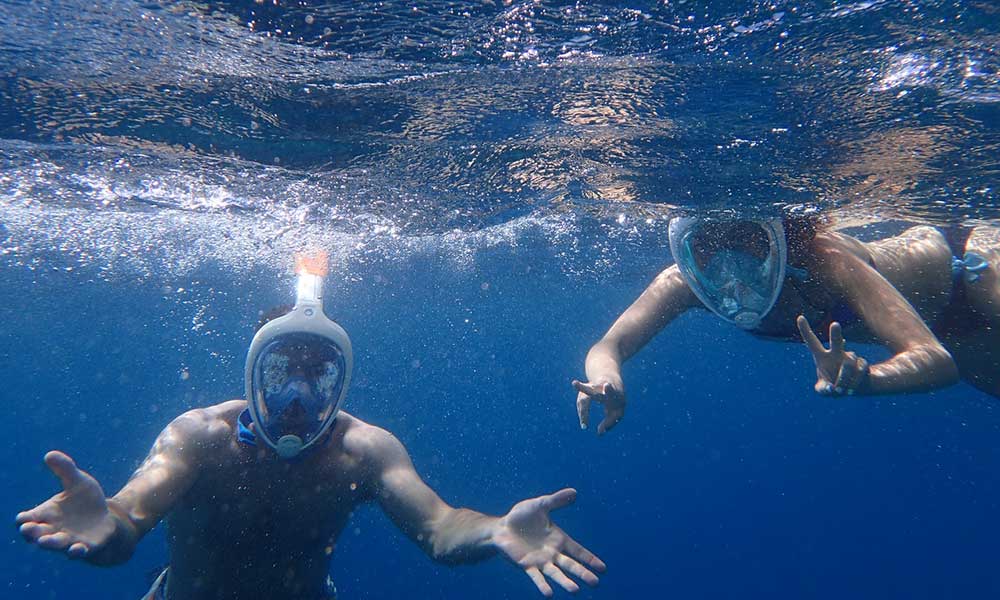
Full face snorkel masks were first developed in 2014 by Tribord.
As the name suggests, these masks cover all of the face, combining the mask and snorkel into a single unit.
The face mask creates a seal and allows the wearer to breathe through both their mouth and their nose.
Some experts refuse to use full face snorkel masks as they can’t be used for scuba diving.
However, the biggest controversy surrounding their use revolves around the apparent venting of CO2.
It has been argued that the full face mask doesn’t properly vent CO2 and this can lead to oxygen deprivation.
There have been a few deaths linked to the use of full face snorkel masks and tests show that CO2 levels exceed safety standards when breathing slowly.
But there is no concrete evidence to link these masks to drowning deaths and they have been used millions of times without issue.
Pros of a Full Face Snorkel Mask
- An all-in-one solution
- Can breathe through the mouth or nose
- Wider field of vision
- No mouthpiece that can harbor bacteria
- No issues with fog
Cons of a Full Face Snorkel Mask
- Cannot be used for scuba diving
- Can be harder to attain a tight seal
- Not as easy to transition from below- to above-surface breathing
Full Face Masks vs the Traditional Snorkel Mask: Which is Best?
Many expert snorkelers and divers consider full face masks to be gimmicky, and while it’s easy to dismiss them as traditionalists, we’re talking about people who have been snorkeling for a long time and know what they are talking about.
The main issue they have is that full face masks don’t seal as well and they are not as versatile.
Ultimately, though, it all comes down to your personal experience and preference.
If you’re not interested in scuba diving and place more emphasis on the wider field of view and all-in-one setup, you should stick will full face masks.
If you struggle to find a full face snorkeling mask that fits, are interested in scuba diving, and plan on doing a lot of snorkeling, you should invest in a traditional snorkel mask.

